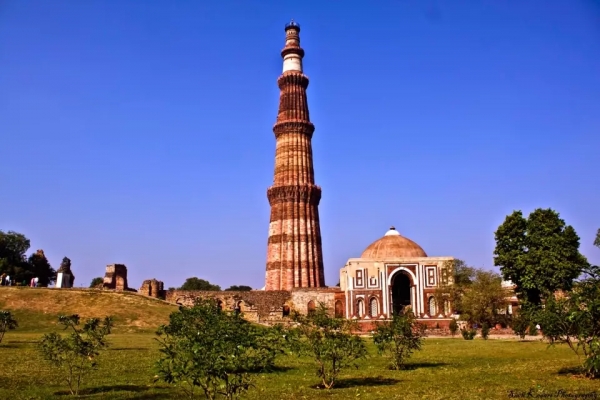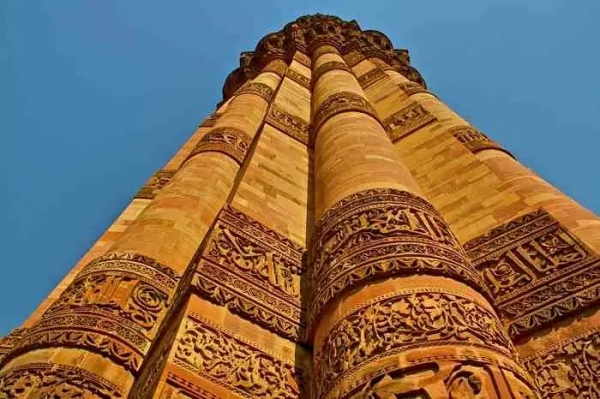
 Data Structure
Data Structure Networking
Networking RDBMS
RDBMS Operating System
Operating System Java
Java MS Excel
MS Excel iOS
iOS HTML
HTML CSS
CSS Android
Android Python
Python C Programming
C Programming C++
C++ C#
C# MongoDB
MongoDB MySQL
MySQL Javascript
Javascript PHP
PHP
- Selected Reading
- UPSC IAS Exams Notes
- Developer's Best Practices
- Questions and Answers
- Effective Resume Writing
- HR Interview Questions
- Computer Glossary
- Who is Who
What is the significance of Qutub Minar?
Qutub Minar located in the Qutub complex in New Delhi is one of the many historical and magnificent monuments in the capital city of New Delhi. It is located adjacent to the Quwwat-ul-Islam Mosque and is considered as its name suggests is the pillar of faith. The site is protected by the Archaeological Survey of India and the entry fee to the complex is Rs.10 and Rs.250 for Indians and foreigners respectively.

Some significant aspects of the monument are −
Highest tower − With a height of 72.5 meters Qutub Minar is the highest stone tower in India. It was constructed as a grand monument to celebrate the defeat of the last Hindu ruler of Delhi and the establishment of Muslim Dominance.
Surviving natural calamities − One of the many fascinating aspects of Qutub Minar is that it has withstood many natural disasters. But it has left the monument mostly unscathed. The Qutub was struck by major lightning for the first time in A.D. 1368. The reconstruction and restoration were done by Sultan Firoz Shah Tughlaq. In the 19th Century when the earthquake disturbed the previous reconstruction, British officers like Robert Smith and Lord Hardinge undertook the conservation work.

The inscriptions − The various inscriptions on the Minar provide us with historical details of various names and events. Thus it furnishes information right from its commencement in AD 1199 to its reign of Sikandar Lodi when it was repaired in AD 1503.
Islamic character of architecture − In comparison to the mosque, the artistic patterns of Qutub Minar is mostly Islamic in character with some hybrid forms noticeable in the later additions.

